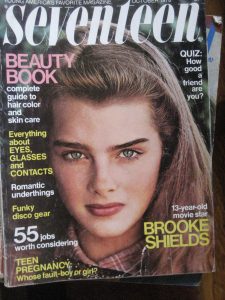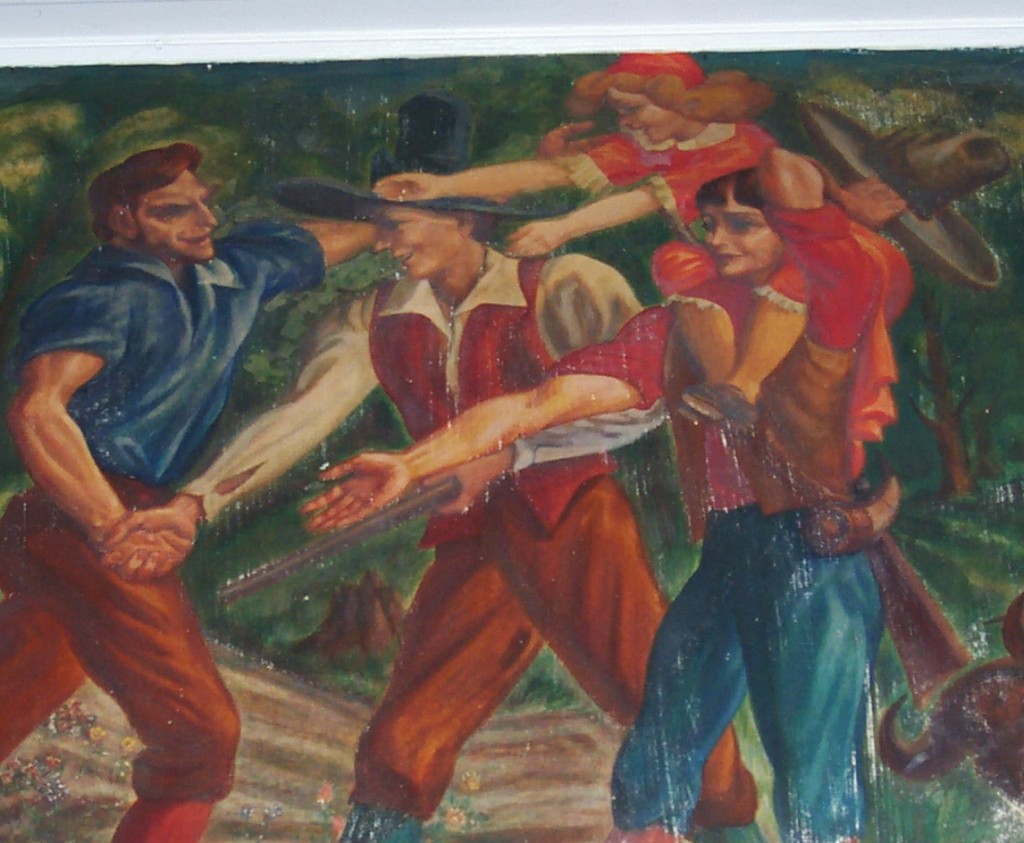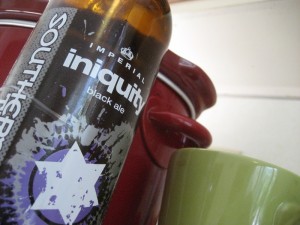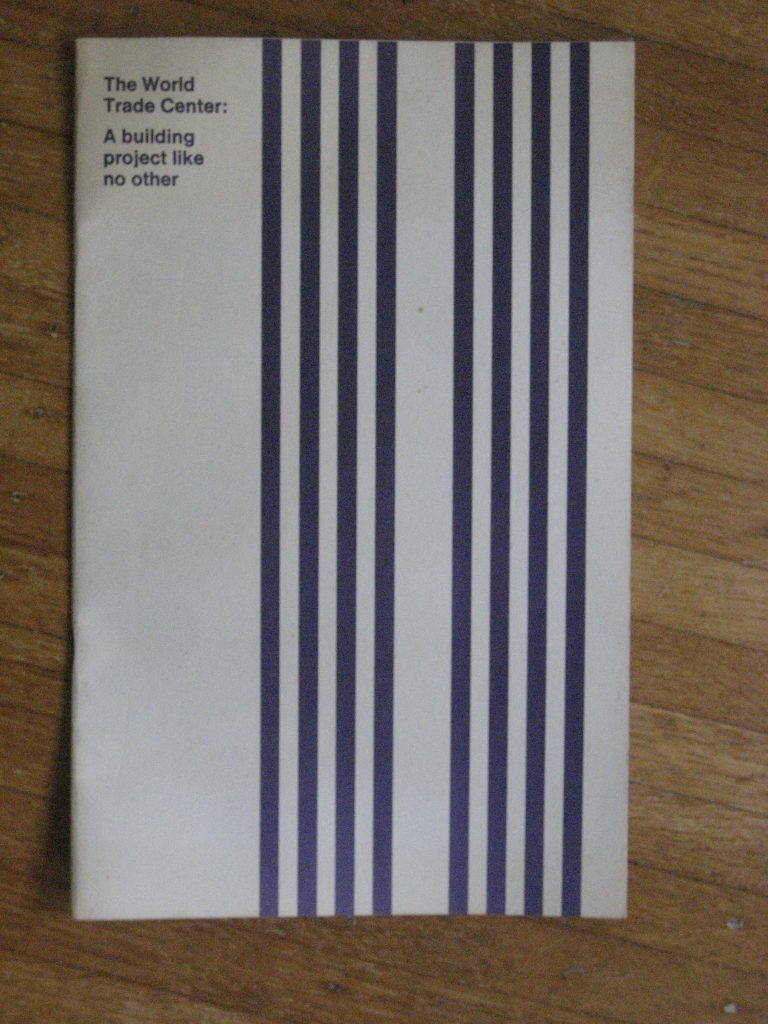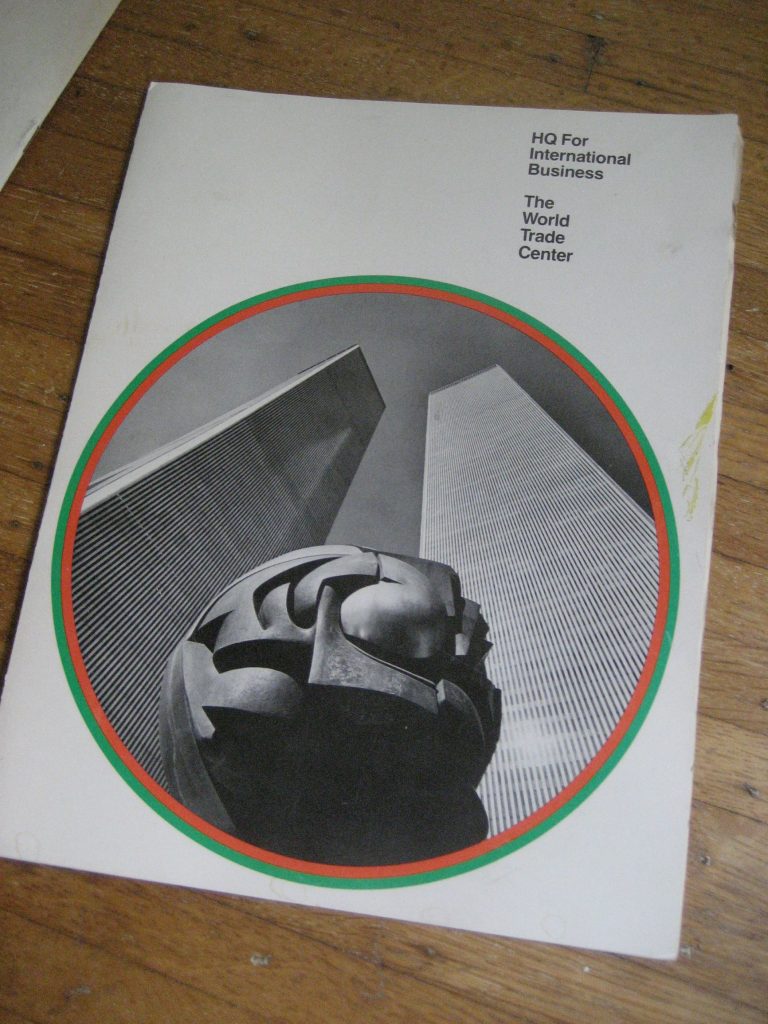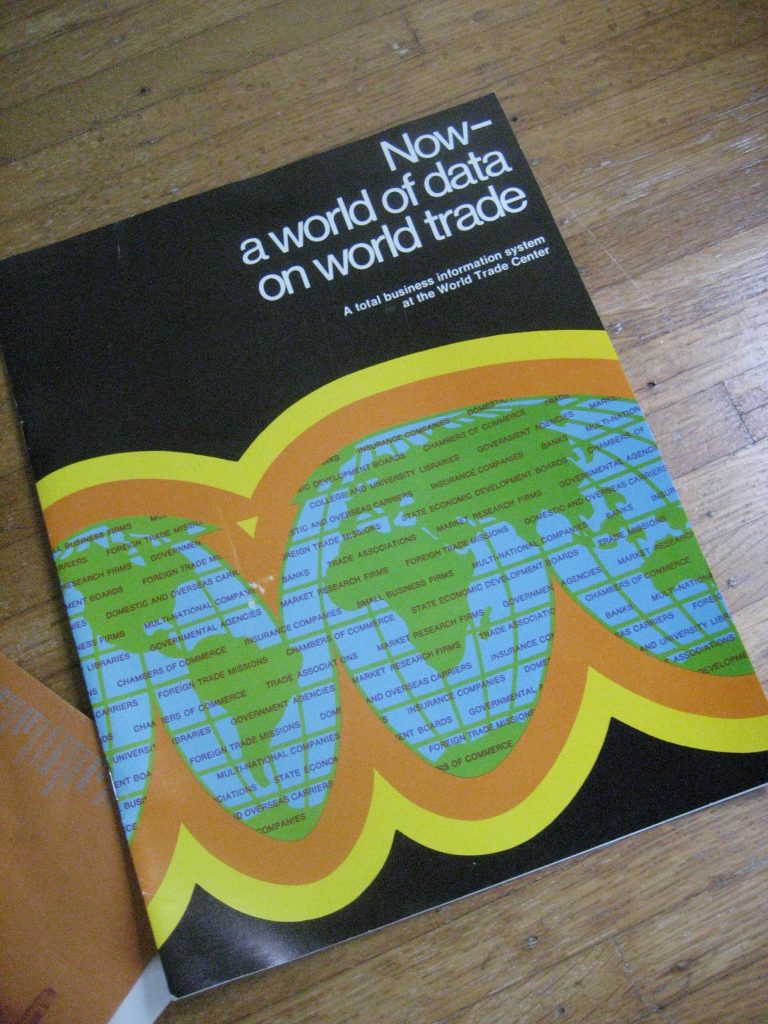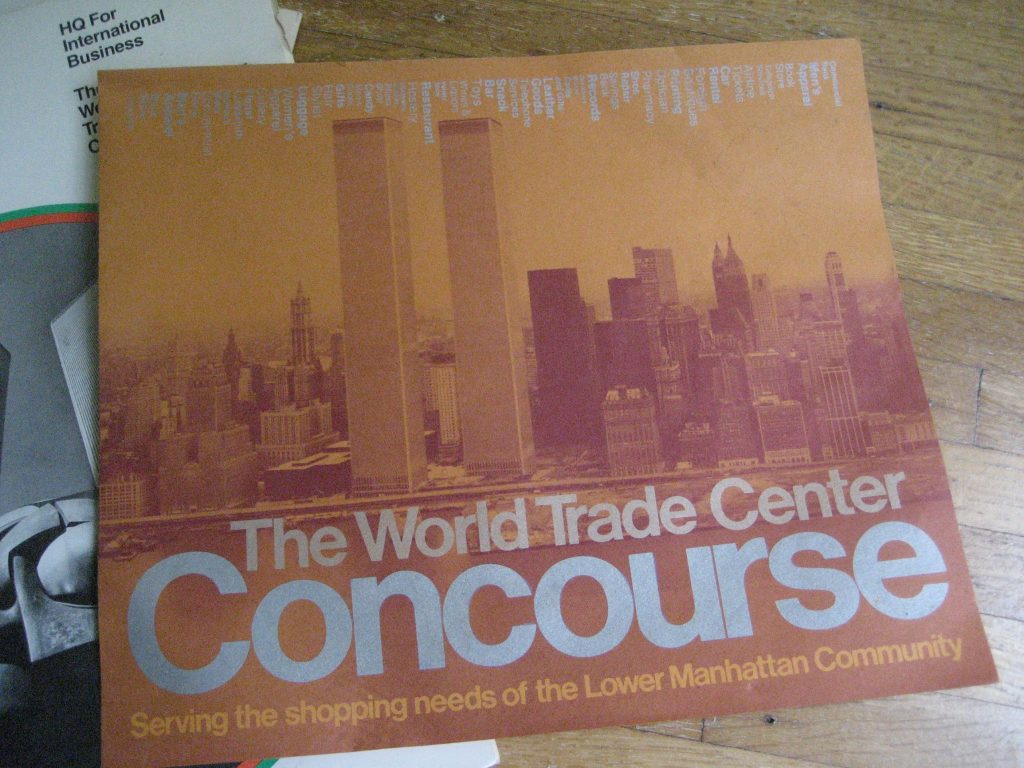Earlier this year I posted about a capability Amazon added to Kindle, that allows readers to rate Kindle books.
At the time I imagined that the new functionality would be fairly straightforward — i.e. there would be a little button you could click to submit a rating.
It turns out to require a bit more doing.
Here’s what I’ve figured out so far. (Mind you, this is from my Kindle, version 3.0.2 — maybe newer models support different ways to rate books.)
Also, this may go without saying but your kindle has to be connected to a WiFi network for either of these methods to work.
Rate a Kindle book by writing a review
To use this method:
- Open the book
- Click Menu
- Select Book Description. This takes you to the book’s Amazon.com page.
- Page down to the last page of the book description.
- At the top of the last screen of the description, you’ll see a hotlink Write a Review. Use your 5-way controller to select it, and then follow the prompts to rate and review the book.

One way to rate a Kindle is via the Book Description. The last page displays a hotlink “Write a Review,” as pictured here on the Can Job book description.
If you try to rate the book without reviewing it, you’ll find out (like I did!) that Amazon won’t let you.
You have to write a review to rate a book.
Not sure whether this is a bug or a feature. It makes it rating e-books more trouble, obviously. But maybe it helps prevent overly frivolous rating. Maybe, if people have to take the time to write down at least a few simple thoughts, they’ll be more thoughtful about how many stars they give . . .
Rate a book via social media (Facebook or Twitter) interface
I haven’t tried this method yet, but I found this in the Kindle documentation on Amazon:
On the final page of your book, you’ll be given the opportunity to share your thoughts via Twitter or Facebook.
Use the 5-way controller to select “Rate this book.”
Select the number of stars you’d use to rate the book, then select “save & share.”You can rate the book at any time just by going to the final page. Press the “Menu” button, select “Go to” and select the “End” button.
You can also select “Tweet/share that you’ve finished this book” to let everyone know you’ve read it.
I’m going to try that method, too, and post an update when I have.
Please drop a note in the comments if you have anything to add about rating Kindle books — positive, negative, or questions.
And please stop by my Amazon author page to peek at my Kindle novels :) Thanks!

